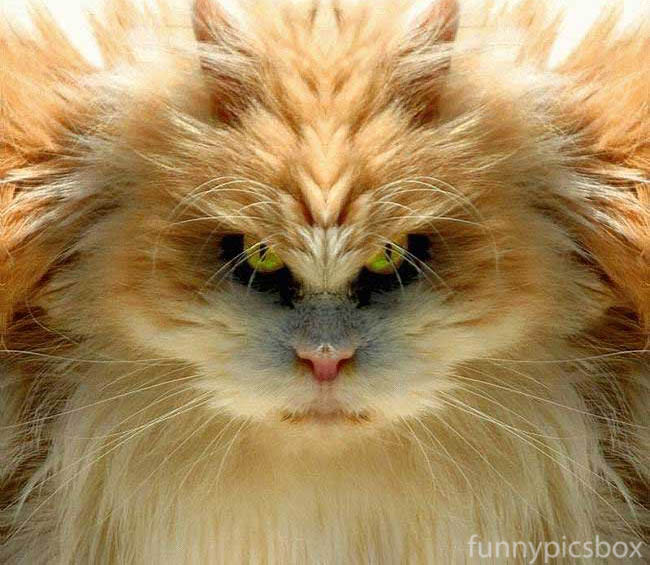The Role of Cat Litter in Indoor Feline Enrichment
The Role of Cat Litter in Indoor Feline Enrichment
Blog Article

Cat litter and litter boxes play a pivotal function in the lives of both felines and their owners. From the humble starts of sand and soil to the ingenious advancements of today, the world of cat litter has developed considerably. In this detailed guide, we dive into every element of cat litter and litter boxes, exploring their history, types, advantages, challenges, and everything in between.
The history of cat litter dates back centuries, with ancient civilizations using sand, soil, and even ashes as primitive litter materials. However, it wasn't until the mid-20th century that contemporary cat litter as we know it emerged. In 1947, Edward copyright introduced the world's first commercial cat litter made from absorbent clay, changing the way felines relieved themselves indoors. Ever since, cat litter has actually gone through many improvements, with the intro of clumping litter, silica gel litter, naturally degradable choices, and more.
Today, feline owners are spoiled for choice when it pertains to picking the ideal litter for their feline buddies. Conventional clay litter remains popular for its affordability and effectiveness in soaking up smells. Clumping litter, which forms solid clumps when wet, simplifies cleansing and upkeep. Silica gel litter, made up of extremely absorbent silica crystals, provides remarkable smell control and durability. Naturally degradable choices, such as recycled paper, wood pellets, corn, and wheat, appeal to ecologically mindful consumers.
Each type of cat litter offers special benefits. Clay litter masters its ability to soak up wetness and control odors, making it a reputable choice for lots of feline owners. Clumping litter simplifies daily scooping and extends the time in between complete litter changes. Silica gel litter supplies extraordinary smell control cat litter box enclosure and can last longer between replacements. Naturally degradable litters offer Litter Box Mats a sustainable option that lessens ecological impact.
While cat litter enhances indoor feline hygiene, it is not without its challenges. Dust from clay litter can position breathing dangers for both cats and human beings, prompting the appeal of dust-free options. Some cats might establish litter box aversion due to concerns with texture, scent, or tidiness, necessitating experimentation with various litters and box setups. Multi-cat homes may require tactical litter box positioning and frequent upkeep to prevent territorial disagreements and guarantee all felines have access to tidy facilities.
Selecting the suitable litter box is essential for promoting positive litter box routines and general feline well-being. Elements to think about include size, availability, and design choices. Covered litter boxes provide personal privacy and aid include smells, but some felines may find them restricting or daunting. Open-top litter boxes use easy gain access to and exposure however might result in more litter scatter. Automatic self-cleaning litter boxes enhance upkeep but need routine monitoring and maintenance.
Proper litter box maintenance is vital for guaranteeing a tidy and inviting environment for both felines and their owners. Daily scooping removes waste immediately, decreasing odor and dissuading litter box hostility. Regular litter replacement, typically every 1-2 weeks, avoids bacterial buildup and maintains optimum absorbency. Comprehensive cleansing with moderate detergent and water, avoiding severe chemicals that might discourage felines from using package, should be carried out monthly.
Cat litter and litter boxes play a main function in fostering a healthy and unified relationship between felines and their human companions. With a varied array of litter choices and EcoFriendly Litter Boxes litter box styles readily available, feline owners have the versatility to customize their options to match their cats' preferences and home needs. By comprehending the advancement, types, advantages, and challenges of cat litter and litter boxes, pet owners can provide their feline pals with a comfy and sanitary indoor environment.